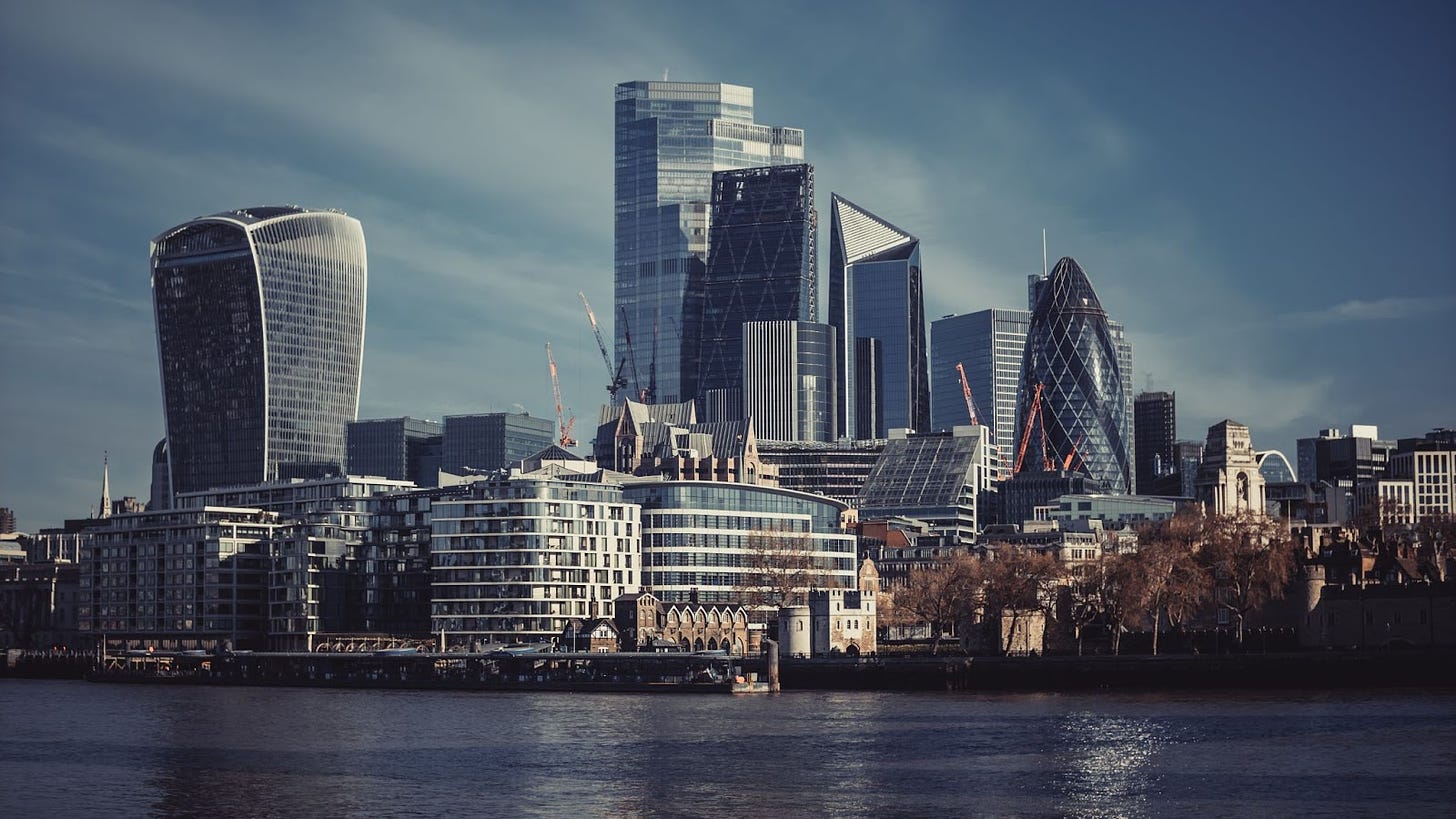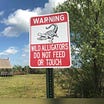Insurance has been on our minds since we started Edifice. Without insurance, investors don’t invest, projects don’t get funded, and buildings don’t get built. But insurance is intimidating and, let’s face it, it can be a little boring. Then we met Kate and we realized that someone out there loves (yes, loves) insurance. So we knew we had to ask her to share that love with you. This is the first of several posts explaining how insurance works in the context of climate change and why it will have such a heavy hand in the infrastructure of the future.
So, without further ado, here’s Kate!
A few weeks ago, I was talking with my mom about my job. It got to be a pretty intense and (I’ll admit) one-sided conversation. I was ranting about the many companies that don’t understand the urgency of climate change, that it’s not only about cutting emissions but protecting lives, livelihoods, and their own value chains. Etc. She was listening, or pretending to; it’s hard to tell over the phone.
In the heat of the moment, I asked her:
“Did you ever think you’d have a kid who was obsessed with insurance?!”
My mom’s response was essentially, “Don’t say you’re obsessed, it scares people,” and NOT, “Why on earth would you be obsessed with insurance?” I would like to think this is because I have talked so much and so passionately about insurance that she now understands it’s an essential part of humanity’s response to the climate crisis. But it might just be that she considers me a lost cause.
Either way, my mom (and the rest of my family, and all of my non-climate friends) deserve a break from my insurance/climate soliloquies. So when Jesse and Roman asked if I wanted to guest-write a newsletter about insurance for Edifice, I jumped at the chance.
Mom, this one’s for you!
How insurance can support resilience and adaptation
There are lots of kinds of insurance. Individuals (us!) might buy property insurance, auto insurance, health insurance, life insurance, etc. Companies and other kinds of organizations also buy insurance to protect their assets. In addition to providing payouts after something gets damaged, stolen or lost, or compensating workers if they get injured on the job, insurance can also help restore operations after an interruption from a weather event, equipment failure or cyberattack.
At its heart, insurance is a promise: if something goes wrong, the insured person or organization will receive a payout to help make things right again.
From a climate perspective, insurance matters for both disaster resilience and adaptation. The disaster resilience angle is basically what you would expect: having insurance means people and businesses get money to help them rebuild after a wildfire, flood or severe storm. If an insurance payout helps the owner of a flood-damaged property to “build back better,” e.g. by elevating their home so it’s less likely to flood in the future, then insurance has facilitated climate adaptation. (If they build back exactly the same, without accounting for heightened flood risk, then insurance has facilitated maladaptation; this is one of the challenges with the U.S. National Flood Insurance Program -- some links on that below.)
But it’s not just property insurance that matters for resilience and adaptation. Health insurance, life insurance and workers’ compensation are also essential in the climate change conversation. For example, in many developed countries, people who have health insurance pay less for medical care if they experience a heat stroke or need mental health care for post-disaster PTSD or climate anxiety. In the global humanitarian aid community in particular there’s a lot of excitement around parametric insurance and other related tools to quickly channel funds to communities after a disaster, or even to facilitate communities’ disaster preparedness. (In a future newsletter, I’ll explain the hype).
Insurance and decarbonization
What many people don’t realize is that insurance is also essential to the transition away from fossil fuels, in a couple of ways. First, in most jurisdictions, especially in developed countries (aka the biggest emitters), you need insurance in order to build anything: new wind turbines, solar farms and other renewable energy projects. In other words, transitioning from fossil fuels requires property insurance, general liability insurance, and workers’ compensation – so that workers helping communities rebuild or go green get paid if they get hurt on the job. Insurance also can help attract investment in new green technologies by ensuring investors will be compensated if the technology isn’t successful.
However, amid its climate-related benefits, insurance also facilitates outcomes that are, at their absolute best, controversial. For example: insurance can help directors and officers avoid paying legal penalties themselves if their company is sued for greenwashing. It can facilitate the construction and operation of additional fossil fuel infrastructure, including the East African Crude Oil Pipeline. And, going back to the adaptation side of things, it can enable or even incentivize people and communities to rebuild in places that are likely to be repeatedly devastated by floods and fires. (Ahem, U.S. National Flood Insurance Program – looking at you.)
In short, insurance does sometimes enable decision-making that’s taking us away from a stable climate and a safe and equitable future. But it also plays a significant role in helping people, communities and businesses prepare for and recover from the effects of climate change. And, it is essential to building and operating the renewable energy infrastructure we need to avoid making warming worse.
Pickles, cheese and industry trends

The story behind my insurance obsession is a long one, probably best told as I gaze contemplatively out from the top floor of the Gherkin or the Cheese Grater or the Inside-Out Building or one of the other London towers where a lot of insurance-related decision-making takes place. For now, what’s important to know is that most of the insurance industry is (finally) beginning to have its “Houston, we have a problem” moment on climate. Outside of property and casualty insurers (the ones who deal with the aftermath of hurricanes, wildfires, polar vortices, etc.), much of the buzz is around quantifying emissions and assessing climate risks so that insurers can disclose them; they need to do this to comply with new requirements (in the U.K., Hong Kong and Singapore, France and Switzerland and more) and proposed rules (the U.S. is, once again, taking its sweet time). Conversations are taking place and (some) plans are being made, but also – as with most other industries – insurers need to move ASAP to more ambitious action on all dimensions of climate risk.
I’ll save my thoughts on all of that for another time, but if you enjoyed this newsletter, good news, there will be more! Subscribe here for more installments on insurance and climate change and feel free to drop Jesse and Roman a line with story ideas: jesse@edifice.eco OR roman@edifice.eco. And, if you’re passionate about insurance and climate, let’s connect on LinkedIn or Twitter.
Go forth and hug some underwriters!
Kate Stein facilitates climate collaboration and ‘translates’ climate science and insurance for diverse audiences in the public and private sectors. She is based in London and works for WTW; she began her career as a climate journalist in Miami. This newsletter reflects Kate’s views only and not those of her employer.





